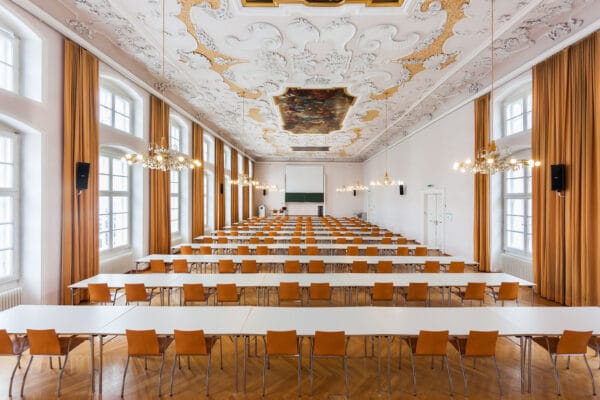
NAME:
Theologie - MS
BUILDING:
Theologie
FLOOR:
2
TYPE:
Lecture Room
CAPACITY:
108
ACCESS:
Only Participants
EQUIPMENT:
Beamer, PC, WLAN (Eduroam), Overhead, Flipchart, Blackboard, Handicapped Accessible, LAN, Microphones, Sound System
Today’s challenges are forcing mountain regions to confront new and complex issues related to liveability. These areas need to become more resilient to climate change, which has a greater impact at high altitudes, while at the same time adapting to the new lifestyles and working patterns that are emerging in these environments. In this context of rethinking mountain areas, the concept of “metromountain” has been introduced in a design perspective, highlighting the interconnectedness between urban and mountain areas. The concept sees cities and mountains not as separate entities, but as deeply interconnected actors through the exchange of people, ideas, resources and experiences. This paper explores how design actions aligned with the metromountain idea, rooted in the interdependence of city and highlands, can help revitalise mountain areas. These outcomes address both the climate crisis and long-standing problems such as depopulation and marginalisation that have affected rural areas for decades. Through case studies, the essay shows how relational practices have produced tangible, positive outcomes for the regeneration of mountain areas, countering the effects of gentrification and tourism-focused development that characterised the late 20th century. The study shows that both physical and digital spaces play a key role in fostering regenerative urban-mountain connections. Infrastructure, especially welfare facilities, emerge as hubs of exchange capable of reversing harmful trends and offering resilient solutions to the challenges of the contemporary polycrisis.

We and use cookies and other tracking technologies to improve your experience on our website. We may store and/or access information on a device and process personal data, such as your IP address and browsing data, for personalised advertising and content, advertising and content measurement, audience research and services development. Additionally, we may utilize precise geolocation data and identification through device scanning.
Please note that your consent will be valid across all our subdomains. You can change or withdraw your consent at any time by clicking the “Consent Preferences” button at the bottom of your screen. We respect your choices and are committed to providing you with a transparent and secure browsing experience.